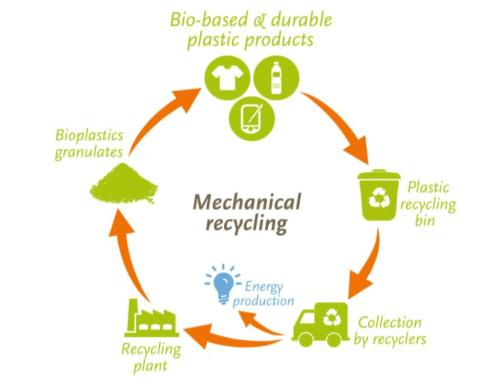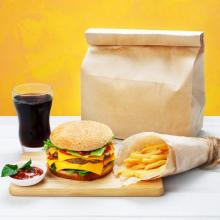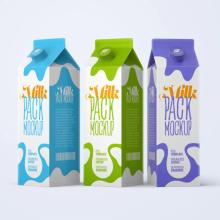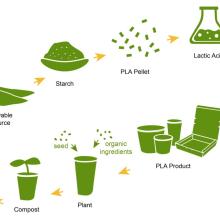
Biodegradable barrier paper is an innovative green packaging material, which is a composite material formed by melting biodegradable polymers, such as polylactic acid (PLA), and then uniformly coating them on the surface of paper through an advanced coating process. This kind of paper not only retains the printability and good mechanical strength of traditional paper products, but also has excellent barrier properties due to the biodegradable coating layer on its surface, which can effectively prevent moisture, grease, and other substances from penetrating, thus greatly enhancing the protective effect and functionality of paper packaging products.
Features
- Biodegradability: The most important feature of biodegradable liner paper is that the liner material such as PLA is derived from renewable resources (e.g. corn starch) and can naturally degrade into water and carbon dioxide under certain conditions, which is in line with today's society's demand for the reduction of environmental pollution and the promotion of circular economy.
- Excellent barrier properties: These laminates have excellent oxygen barrier, moisture barrier and oil barrier properties, which can effectively extend the shelf life of the food or other items in the package, especially suitable for packaging areas with high requirements for preservation conditions.
- Environmental protection: Compared with traditional plastic liner paper, biodegradable liner paper does not produce persistent microplastic pollution in the waste disposal after use, which reduces the impact on the ecological environment.
- Wide applicability: In addition to food packaging, it can also be used in chemical desiccant packaging, medical packaging, and other fields, and is suitable for hot and cold beverage containers, disposable lunch boxes, fruit trays, and other kinds of disposable or short-term use of paper packaging products.
Application
- food packaging: such as tea packaging, bakery products packaging, frozen food packaging, cooked food packaging, etc., both to keep the food fresh and reduce the negative impact on the environment.
- Catering services: such as the production of biodegradable disposable paper cups, paper bowls, paper plates, etc., instead of non-biodegradable plastic tableware, to reduce the white pollution problem caused by disposable tableware.
- Industrial packaging: such as desiccants, preservatives, chemicals, and other occasions that require moisture-proof and leakage-proof, biodegradable lamination paper provides a more environmentally friendly option.
- Agriculture and horticulture: used in seed coating, flower packaging, etc., it ensures the freshness of seeds and plants, and can quickly return to the natural cycle after use.




